2022
FREEFLIGHT
A relaxing ‘fly-a-thon’ adventure game. Glide your way through an ethereal, dreamlike landscape, collecting energy shards for your mysterious corporate overlords.
Explore a fully realised cockpit, where you can select levels and view ship upgrades. Also features an original score and narrative.
Read on for more details.




SUMMARY OF CONTRIBUTIONS
I was in charge of much of the UI/UX design for this title. This led me to create multiple menu systems, as well as heads-up-displays which were iterated on to provide the best player experience.
I also took on half of the level design responsibilities, creating multiple levels within the game. These spaces were created to be as engaging and intuitive to traverse as possible, utilising the unique movement system in novel and interesting ways. I was also in charge of tutorialising the gameplay, creating the tutorial level that introduces the mechanics to the player.
I was solely in charge of implementing and setting up all dialogue and narrative beats in the game, giving the game structure and continuity beyond the gameplay.
My input was also instrumental during the pre-production phase of development. I concepted gameplay systems, wrote documentation for the team, and grey-boxed levels early on in development.
THE MAIN MENU
I created the frontend main menu system for Freeflight. Being the first screen that the player is greeted with when starting, it was important that the menu captured the distinct feel and aesthetic of the game. The resulting menu was arranged in a minimalist fashion, with an aim for there to be a small amount of visual noise.

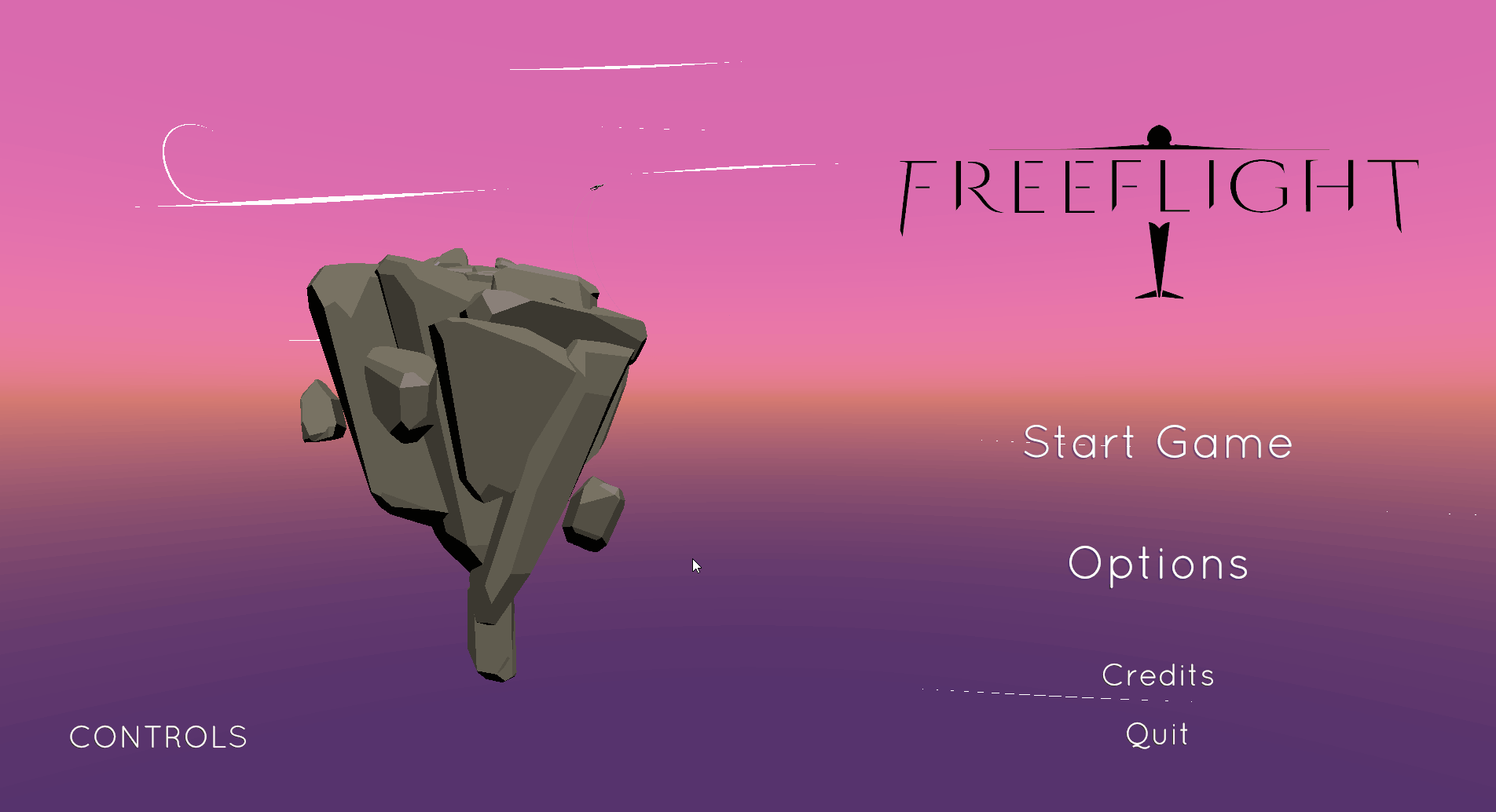
A slowly rotating island, dynamically moving camera, and wind particle effects help to create a feeling of life in what could be an otherwise static menu. I employed a visual hierarchy by using decreasing font sizes. I was also sure to include gameplay, audio, and graphics settings, as well as rolling credits for the whole team.
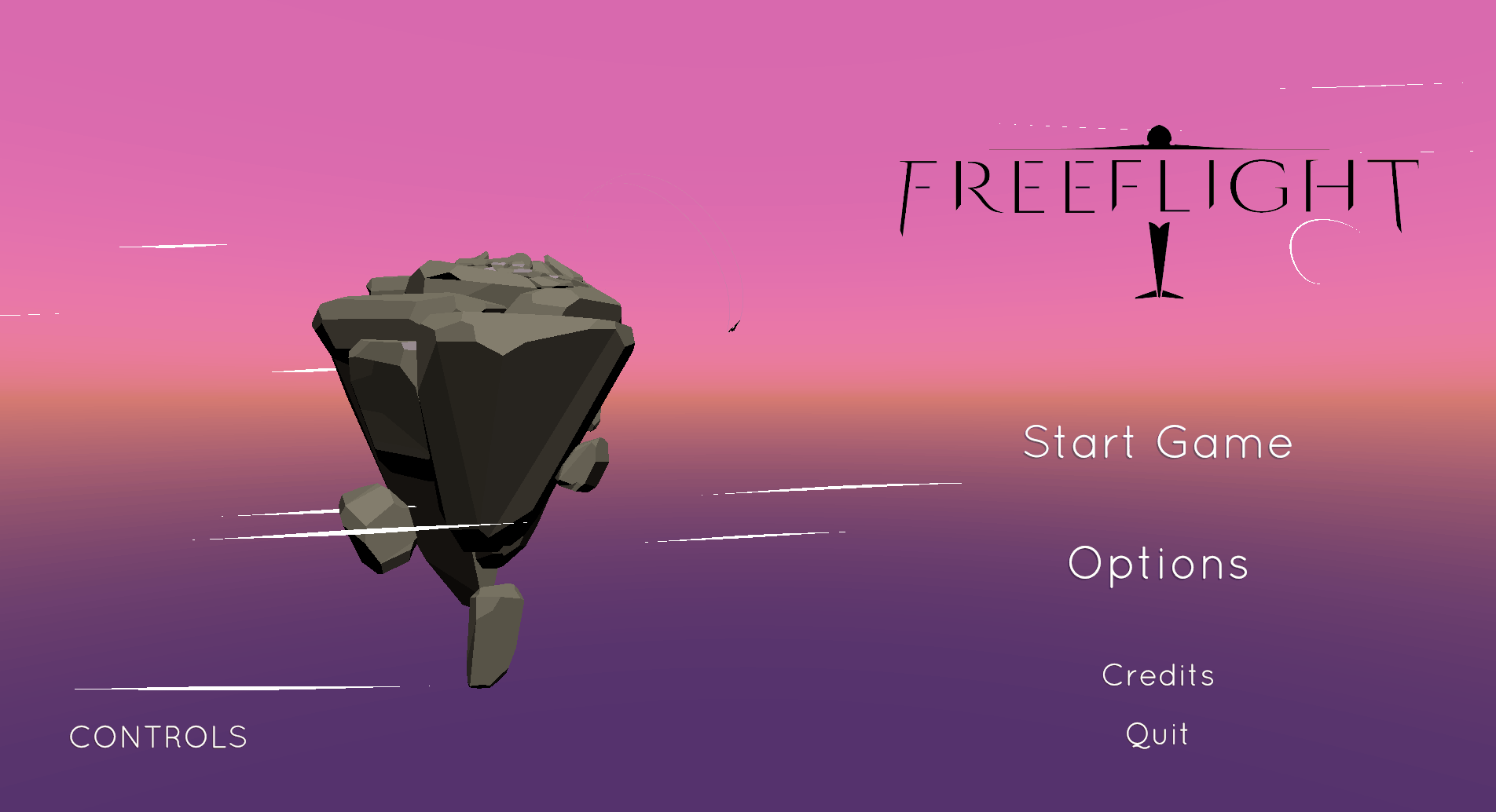
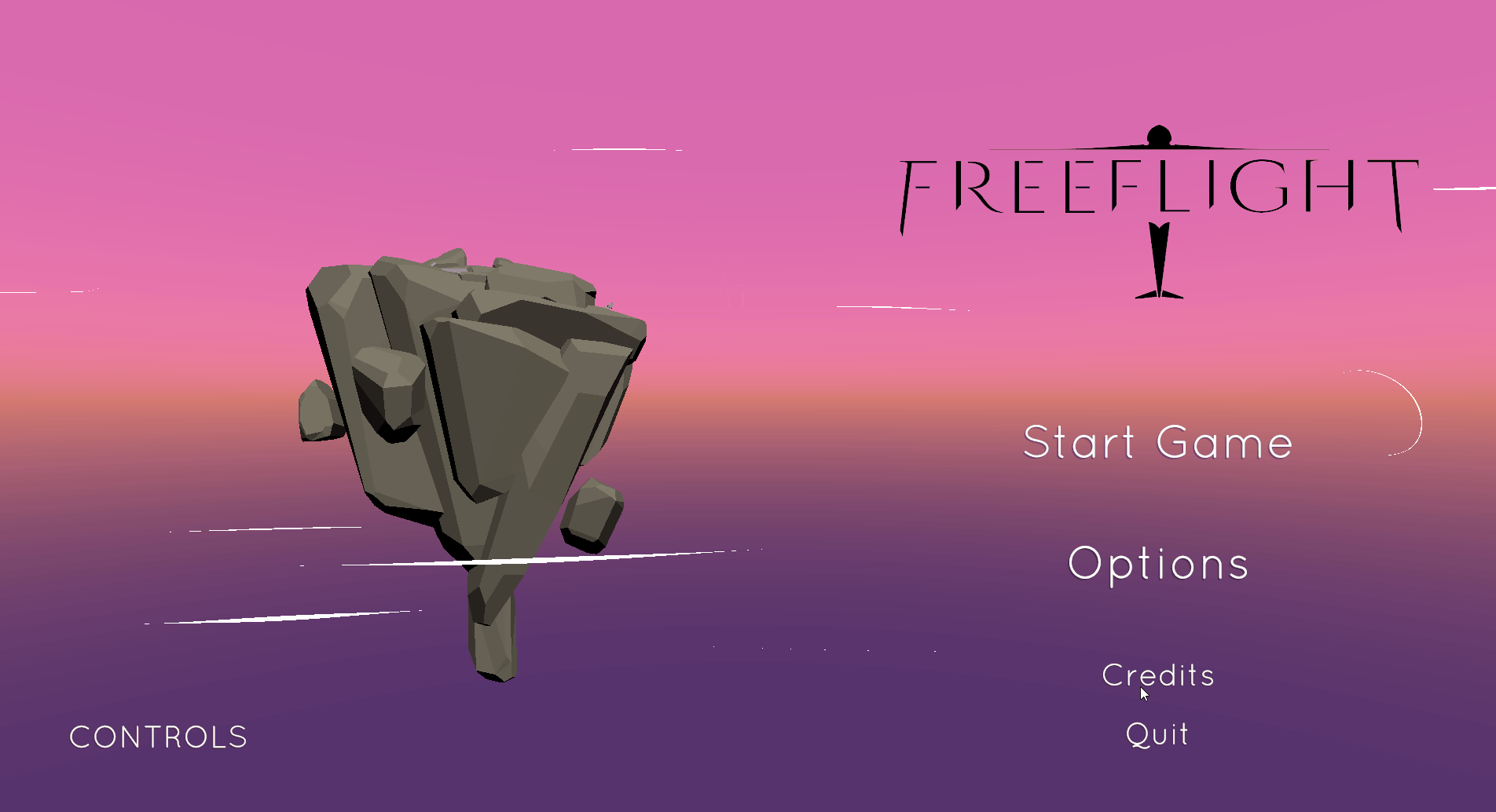
DESIGNING DREAM CANYON
Dream Canyon is the first full level after the tutorial. My design intention for this was to create a semi-open area that gives the player a great deal of freedom in exploration while still subtly guiding them through the space to interesting locations with different level design techniques.
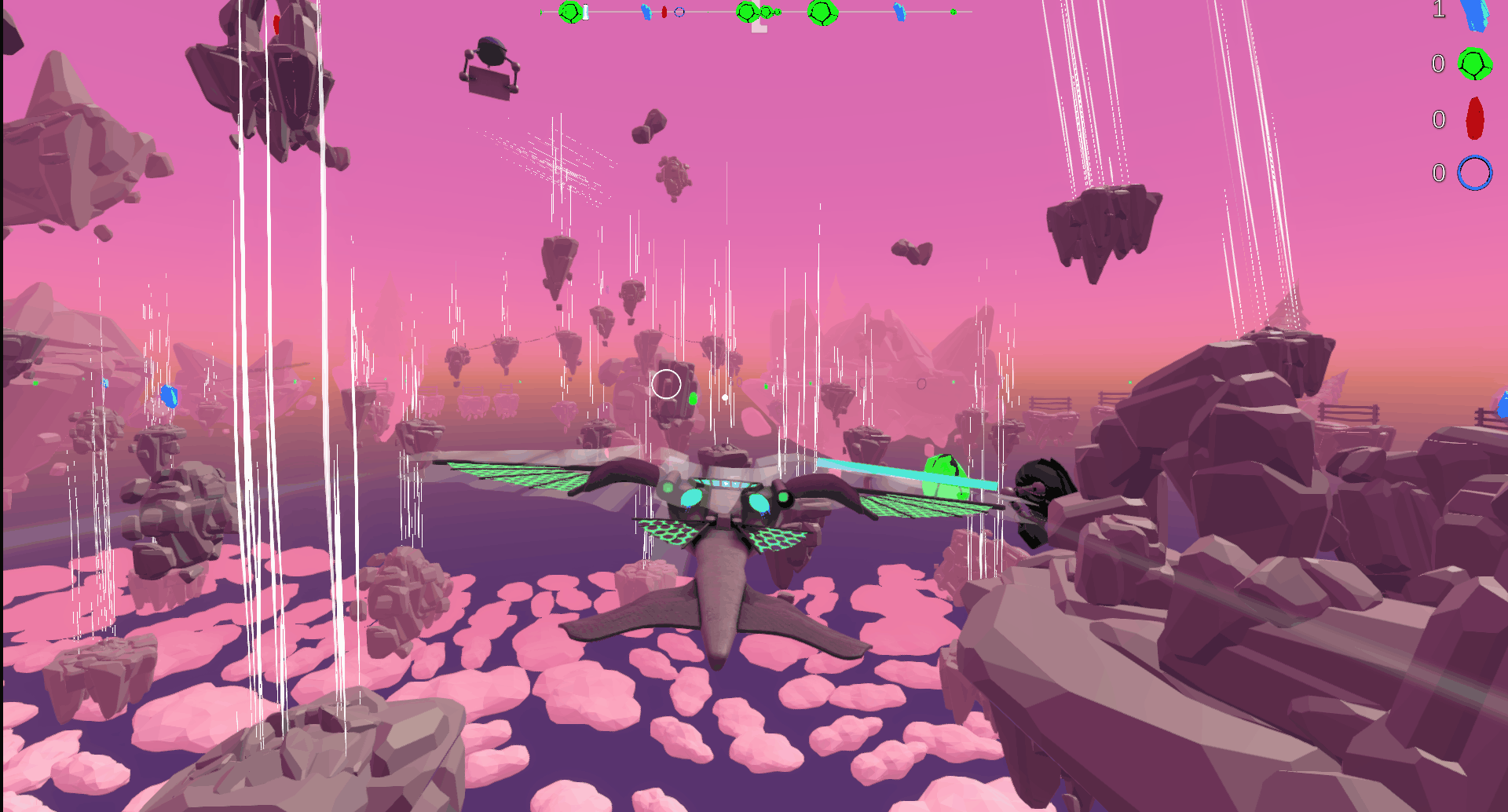
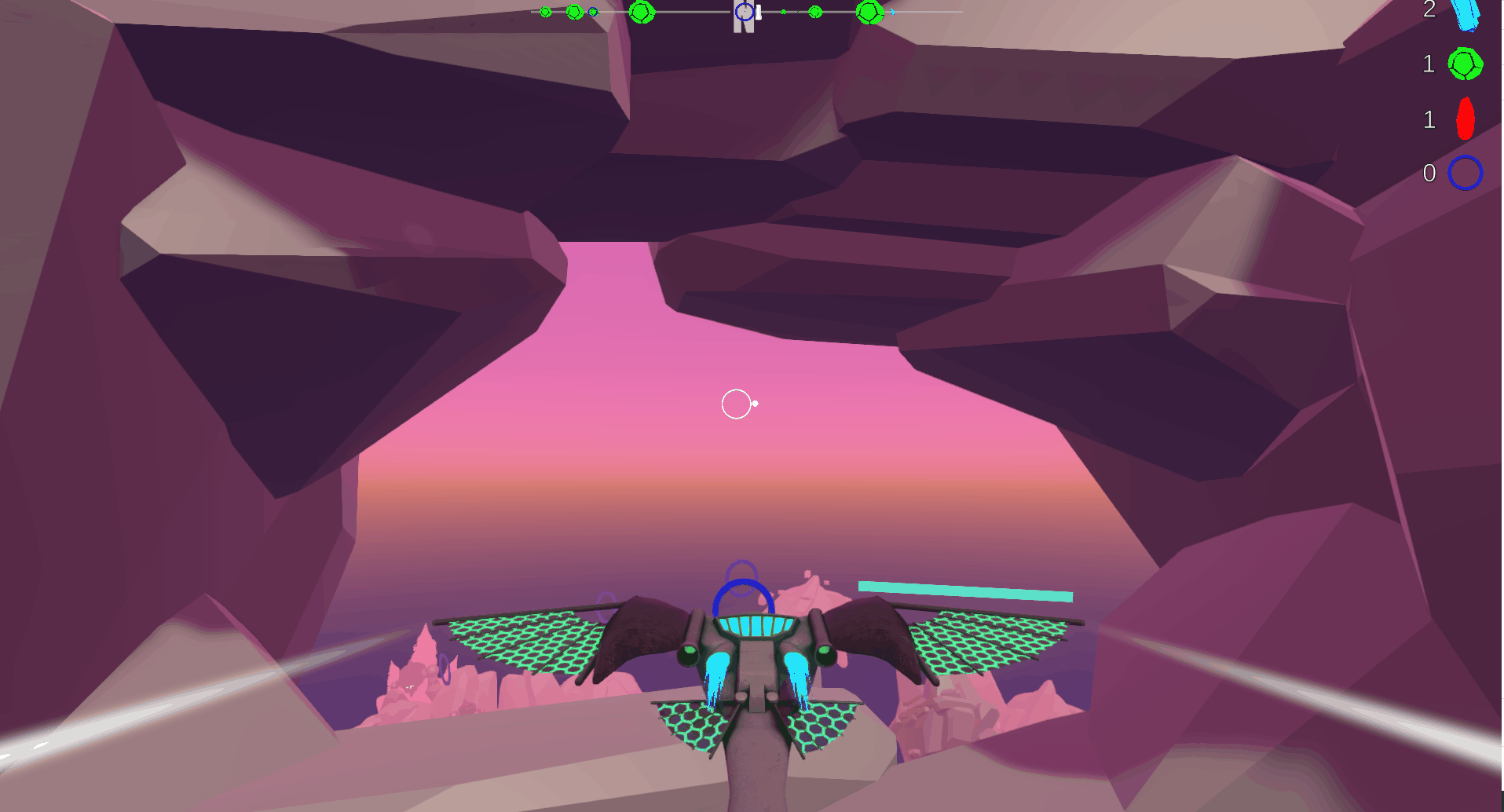
The overall footprint of the level was kept relatively small as I did not want to overwhelm the player straight out of the gate. Within the space there are many points of interest where the player can use the skills and techniques they learnt through the tutorial.

DESIGNING THE TUTORIAL
The tutorial went through multiple iterations in order to best introduce the game's many systems. Taking the form of a mostly linear corridor, the level systematically introduces the player to mechanics, provides written context, and then requires the player to use these mechanics in order to progress. The resulting level proved to be an ideal introduction for new players, and allowed them to better engage with the more complex later levels.
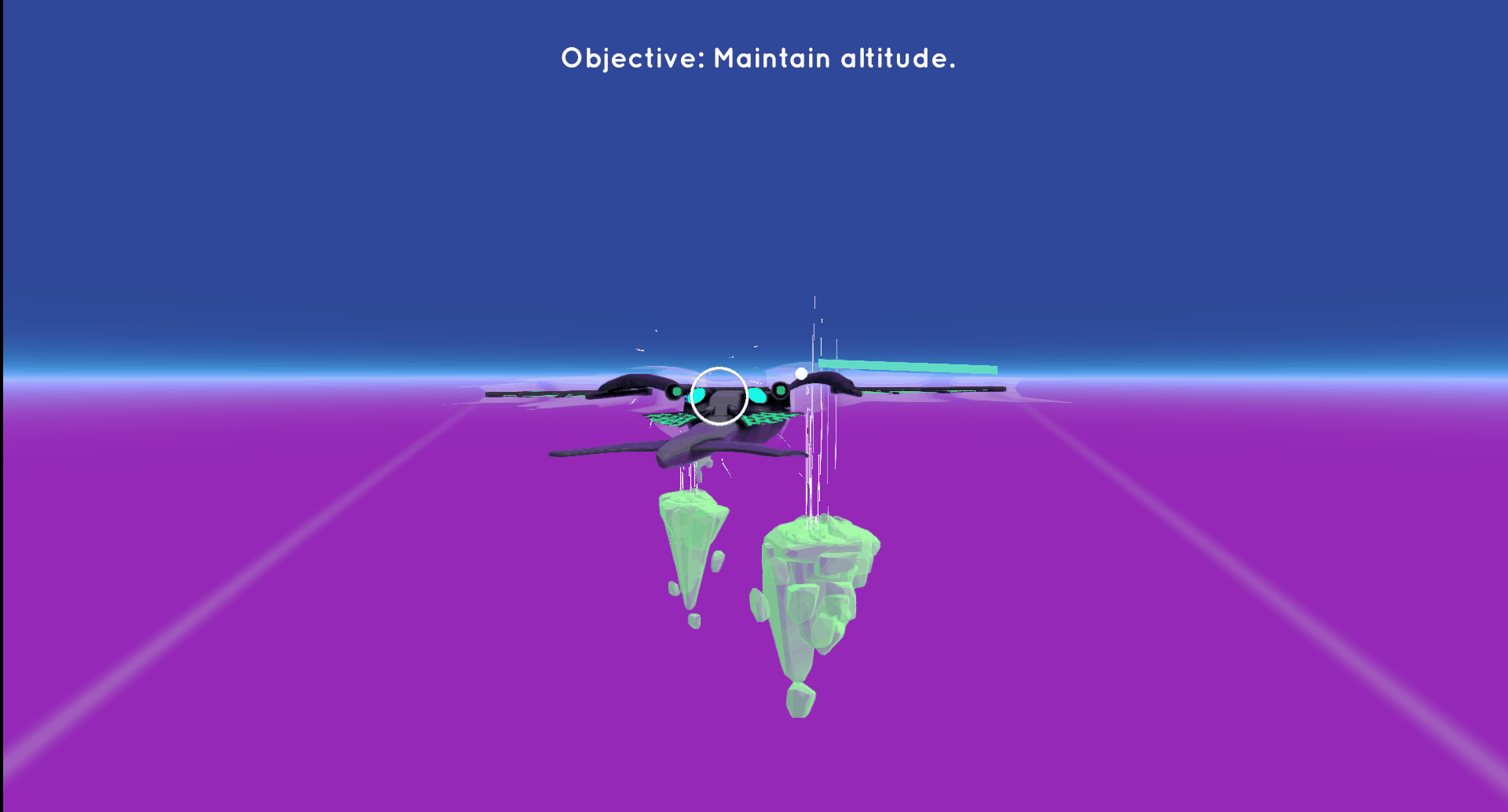

Early versions proved too difficult for new players who were just getting to grips with the unique movement system. It originally took on a more open design, in order to reflect the later stages, however there was not enough guidance to advance. In response to players frequently missing targets and dying, islands and updrafts were then made twice as big so that progression required less fine-tuned navigation.
DIALOGUE AND NARRATIVE IMPLEMENTATION
In between levels, narrative is progressed through dialogue with a variety of characters, including an AI robot, your boss, and a lost explorer. With the aid of a visual scripting tool, I was in charge of the implementation of this written work, ensuring that it played in sequence, and had the corresponding audio alongside it.
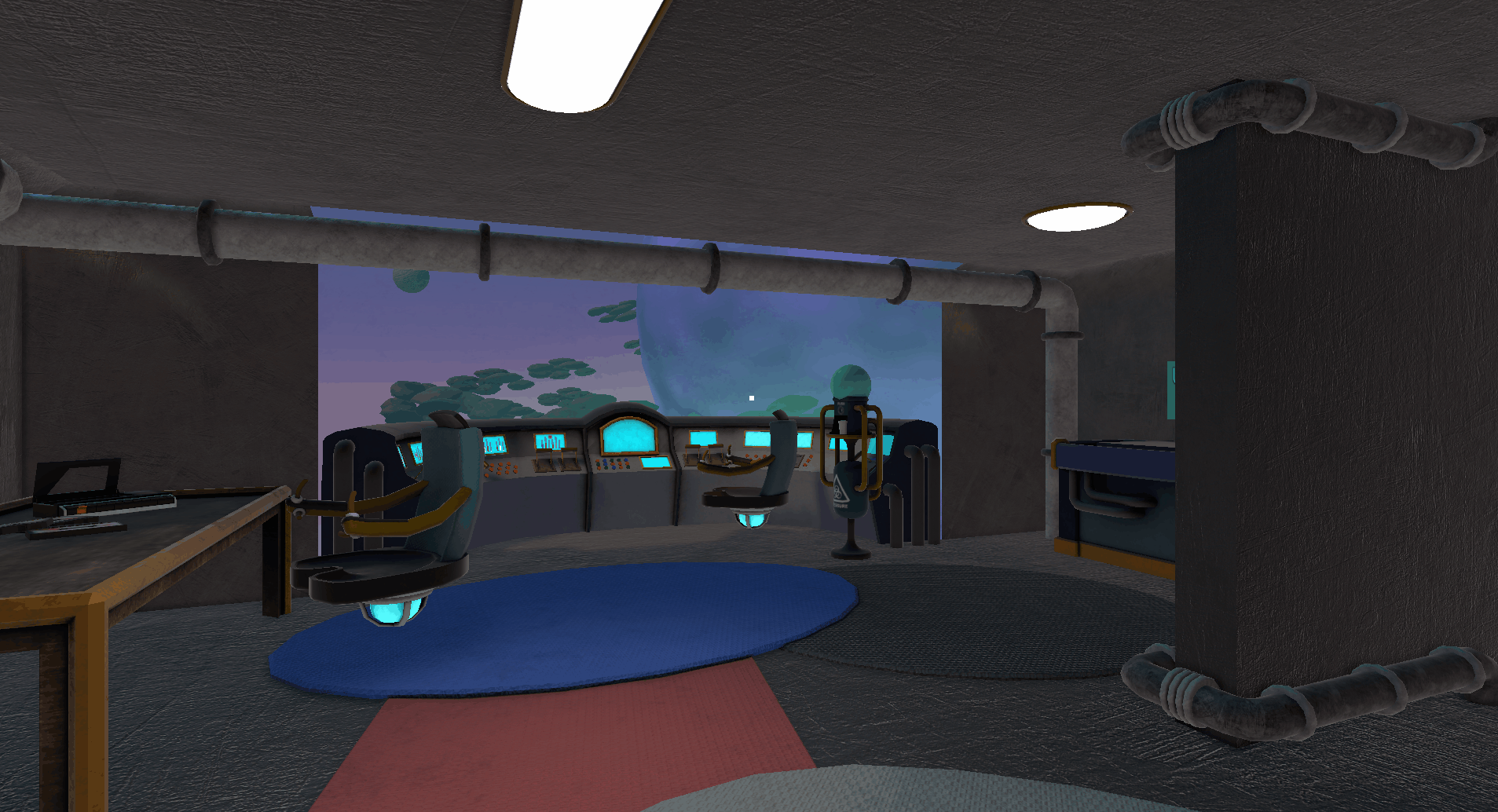

This same system was used to create the final shot of the game, giving players a closure to the game's story before credits play.
VFX
I created the wind and updraft effects within the game that helped contribute to the game's visual identity and add some much needed movement to the game. Made using Unity's particle systems these effects can be found in every level, as well as the main menu.
DEVISING THE UPGRADE SYSTEM
Freeflight is intended to be a relaxing, low stakes experience with players able to enter and exit levels as they please. On the other hand, levels are large sandboxes that are designed to be fully traversed for maximum enjoyment. With this framework came the unique challenge of encouraging exploration and resource collecting in order to discourage players from simply bee-lining it to the exit of each level. This led to us designing the upgrade system.


Upgrade UI created by Daisy Baker.
While the player collects resources, they progress toward certain milestones that unlock new passive bonuses to make the flying experience more fun and rewarding. For example, collecting x green shards allows the player to x. Creating upgrades that have passive effects on the experience meant that players who don't wish to collect resources are not actively punished, or missing out on abilities.